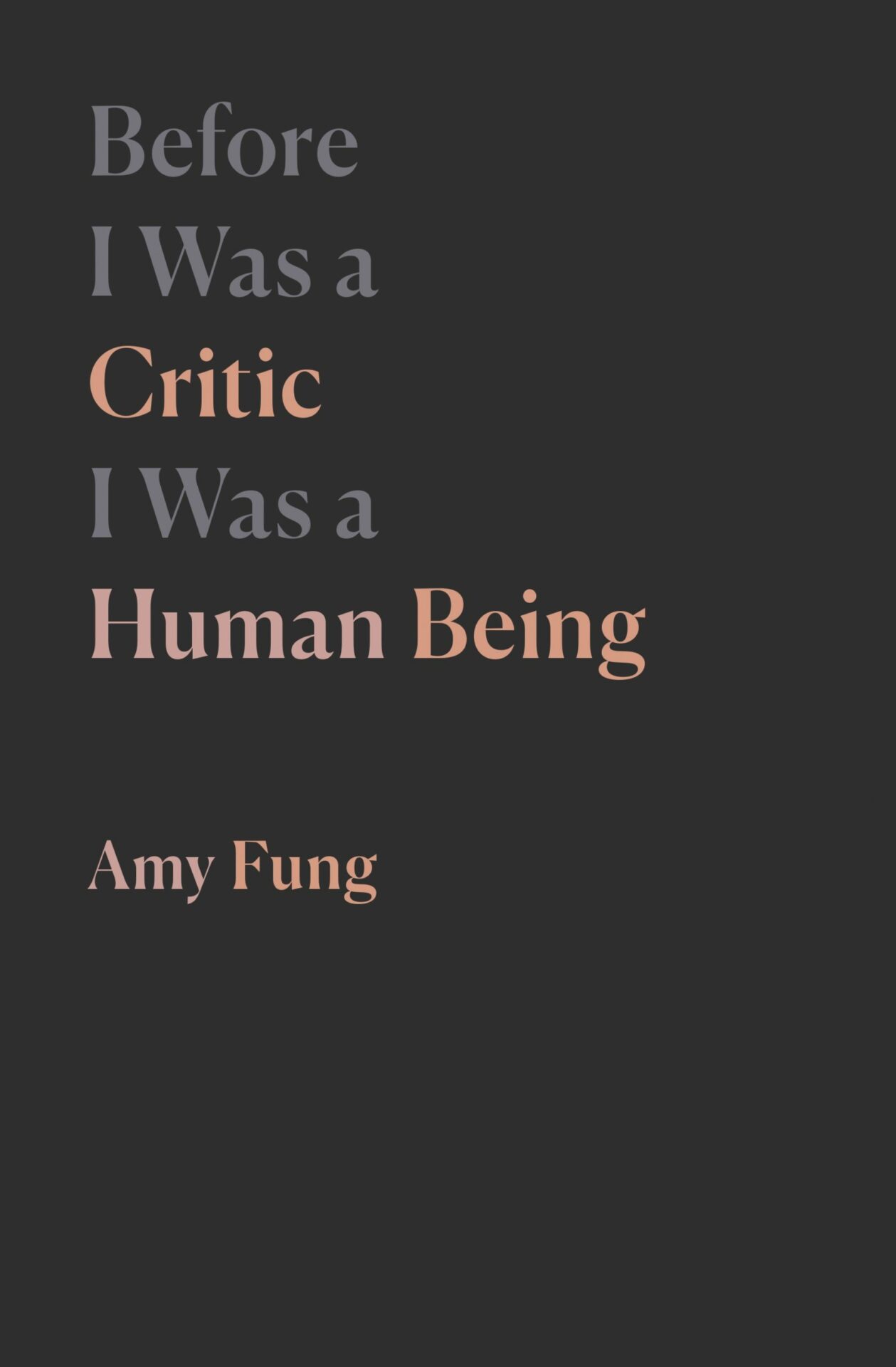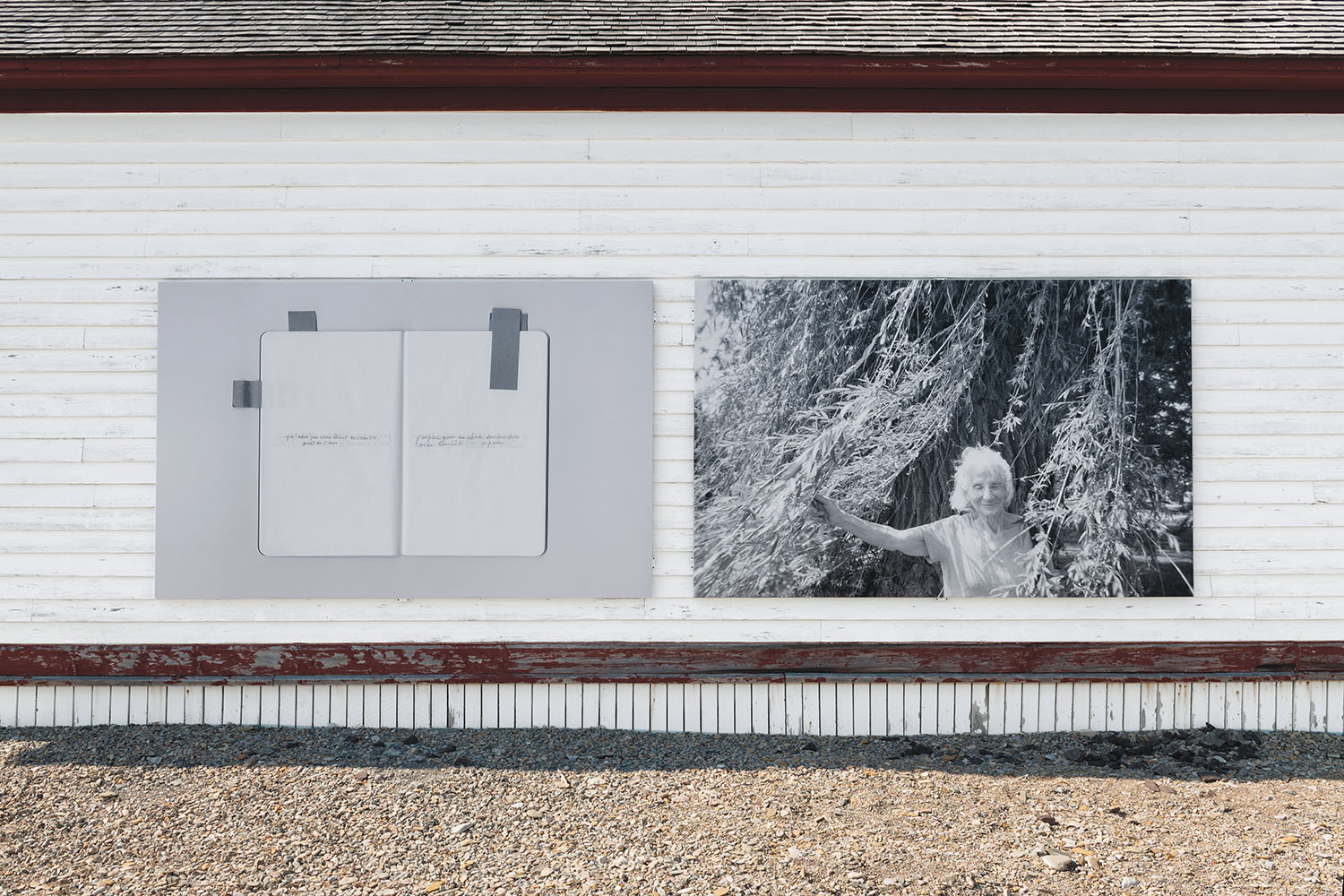Amy Fung
Before I Was a Critic I Was a Human Being

Photo : courtesy of Book*hug Press
[En anglais] The Canadian motto of A Mari usque ad Mare comes from the Christian bible, which in its full form notes that “He shall have dominion also from sea to sea, and from the river unto the ends of the earth” (Psalm 72:8). Perhaps to no one’s surprise, Canada has been defined and continues to define itself in relationship to Christianity and (white) man’s ownership of the land. While today we recognize the ongoing negative legacy of colonialism, the national application of this recognition is hollow. We admit the presence of Indigenous people, but we claim them as Canada’s cultural property (the Indigenous peoples of Canada). We regularly ask people to acknowledge the traditional stewards of the land, without granting any agency to these same groups.
This duality is what Amy Fung scrutinizes in Before I Was a Critic I Was a Human Being, a memoir that reads like a cross-country road trip through the Canadian art world. Conceived as a long-form land acknowledgment, Fung’s short book covers more ground than anything I’ve encountered written by a non-Indigenous person (herself a settler and person of colour) in terms of recognizing the ongoing legacy of colonialism and the settler’s shared responsibilities for redress. Whereas most land acknowledgments are essentially empty gestures — in line with Canada’s current policies regarding Indigenous rights — Fung circumnavigates the form’s shortcomings in recognizing “the violence of whiteness that is both around me, and inside of me.”
Créez-vous un compte gratuit ou connectez-vous pour lire la rubrique complète !
Mon Compte



